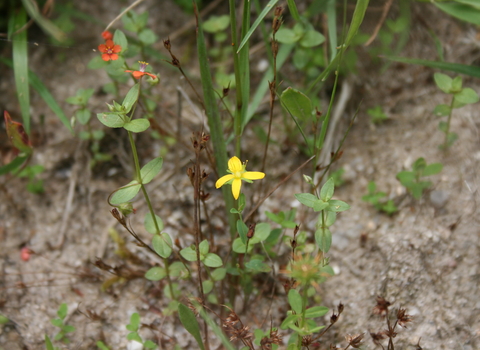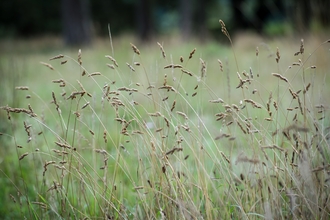
Philip Townsend
Toadflax-leaved St John's-wort
Toadflax-leaved St John's-wort has star-shaped, bright yellow flowers. It is a rare plant, with most of its population existing on Dartmoor. It likes steep, sunny slopes, acidic soils and plenty of space.
Scientific name
Hypericum linariifoliumWhen to see
June to JulySpecies information
Category
Statistics
Height: up to 65cmConservation status
Classified as Near Threatened on the Vascular Plant Red Data List for Great Britain.

